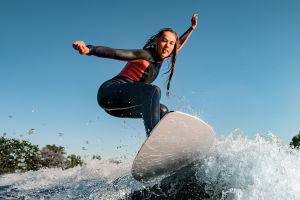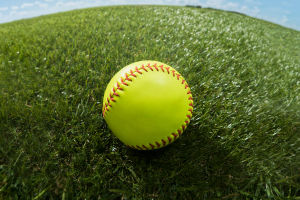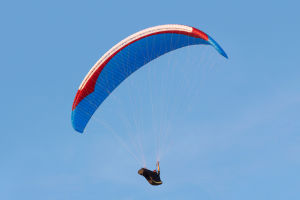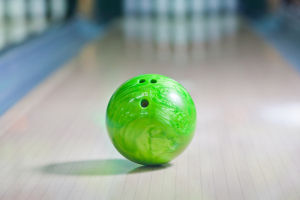
If you've ever dreamed of surfing, or you've watched people slicing through waves like it's second nature, you're not alone. But before we jump onto a board and head for the ocean, there’s one important thing we should get straight: not all surfboards are the same.
Today, we’re diving into the types of surfboards and the essential gear we need, so we can ride with confidence—whether we’re just starting or ready to level up!
Let’s Talk Surfboard Types
Surfboards come in different shapes and lengths, and each type has its own special vibe. Here's how they’re usually grouped:
Longboard – The Classic Ride
The longboard is where it all began. With a typical length of 8.6 to 10 feet, it’s known for being super stable and easy to learn on. Its size gives us more surface area to balance and paddle, which makes it the go-to board for beginners. Thanks to its steadiness, even when we're wobbling a little, we can still stand up and catch waves without too much trouble.
Shortboard – For Those Who Want to Fly
Shortboards are under 7 feet and, honestly, they’re not the easiest for first-timers. But they give experienced surfers the freedom to perform tricks and quick turns. With their sleek, aerodynamic design, shortboards are all about speed and agility. If we’ve already got the basics down, this is a fun board to challenge ourselves.
Funboard – The Perfect In-Between
Think of the funboard as the peace treaty between the longboard and shortboard. It’s around 6.5 to 8.5 feet long and gives us both stability and flexibility. If we’re looking to transition from longboarding to more advanced moves, a funboard might just be our new best friend.
Gunboard – Built for the Big Waves
Gunboards are similar in length to longboards but are narrower. This shape helps us paddle into larger, more powerful waves and maintain control on steep wave faces. If we’ve got some serious surf goals in mind, especially on big-wave beaches, this board is worth considering.
Fishboard – Compact but Powerful
Fishboards are usually short and have a wide front and a narrow, split tail that looks like a fish’s tail. They’re often designed with two or four fins and are great at gliding over smaller waves with less effort. With more maneuverability than a longboard and more buoyancy than a shortboard, they offer a fun, smooth ride—especially for mellow beach days.
The Basics of Surfing
Now that we’ve got the board, what’s next? Surfing usually involves four steps: watching the waves, paddling, standing up, and riding.
First, we lie or sit on the board and wait for a good wave. Once we spot one, we quickly paddle to gain speed. When it feels just right, we press up with our hands and hop to our feet—front foot forward, back foot behind, keeping our balance in the center. From there, we ride along, letting the wave do the work!
What Gear Do We Need?
Surfing isn’t just about the board. We’ll also need:
- Leash: This ties our back foot to the board and keeps it close if we fall.
- Fins: These help guide the board and keep it steady.
- Wax: Adds grip to the board so we don’t slip. Usually, there’s a layer of hard wax on the bottom and a softer one on top.
- Surfwear: For newbies, a rash guard helps reduce friction. In cold water, a snug wetsuit keeps us warm.
When picking a board, most of us start with a longboard because of its buoyancy and balance. Once we’re more confident, we can try funboards, performance boards, or even fishboards, depending on our style and the waves we chase.
Tips for Getting Started
· Take a lesson – A good instructor helps a lot in the beginning.
· Start on small waves – No need to rush into big swells.
· Practice paddling and standing up on the beach before hitting the water.
· Always check local conditions before surfing—safety first!
Let’s Catch That Wave, Lykkers!
Surfing isn’t just a sport—it’s a way to connect with nature, clear our minds, and enjoy something deeply energizing. With the right board and a little practice, we’ll find ourselves gliding over waves in no time. So Lykkers, have you ever tried surfing? Or are you just getting started? Drop us a comment—we’d love to hear your wave story or help you choose your first board!
Let’s ride the wave together.
How to determine the surfboard you NEED - Surfboard Selection Guide
Video by T&C Surf Designs


